Wish you were here: the surprisingly fascinating history of postcards
Postcards are more than just mementos
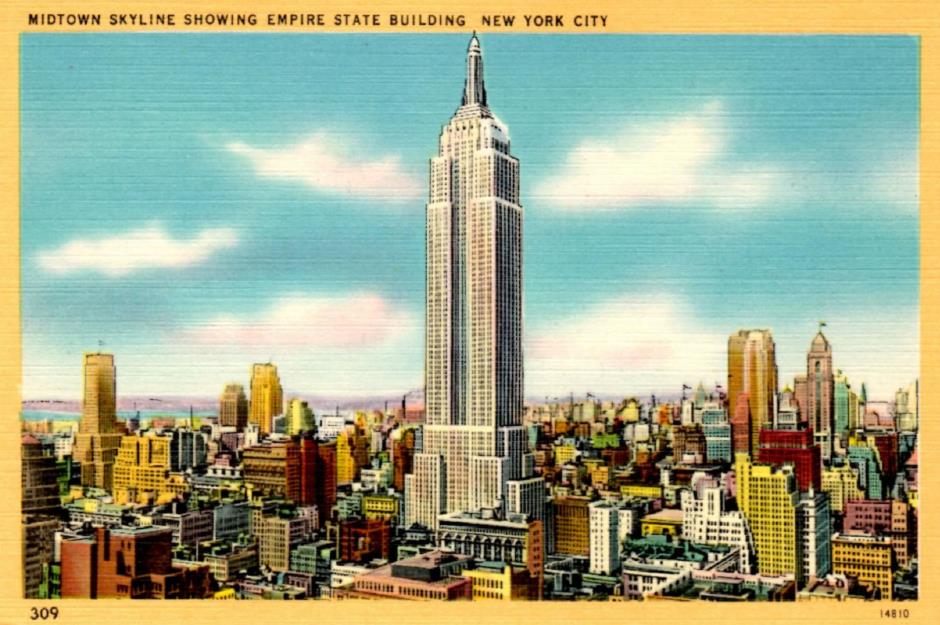
When was the last time you received a handwritten postcard? The act of sending postcards while on holiday has declined in the digital era as social media has allowed the instantaneous sharing of snaps and messages. Does it threaten to make the postcard obsolete entirely? We take a look back at its history and argue the case for resurrecting this sentimental souvenir of holidays past.
Read on to discover the origins of the postcard and where its future lies...
The beginnings
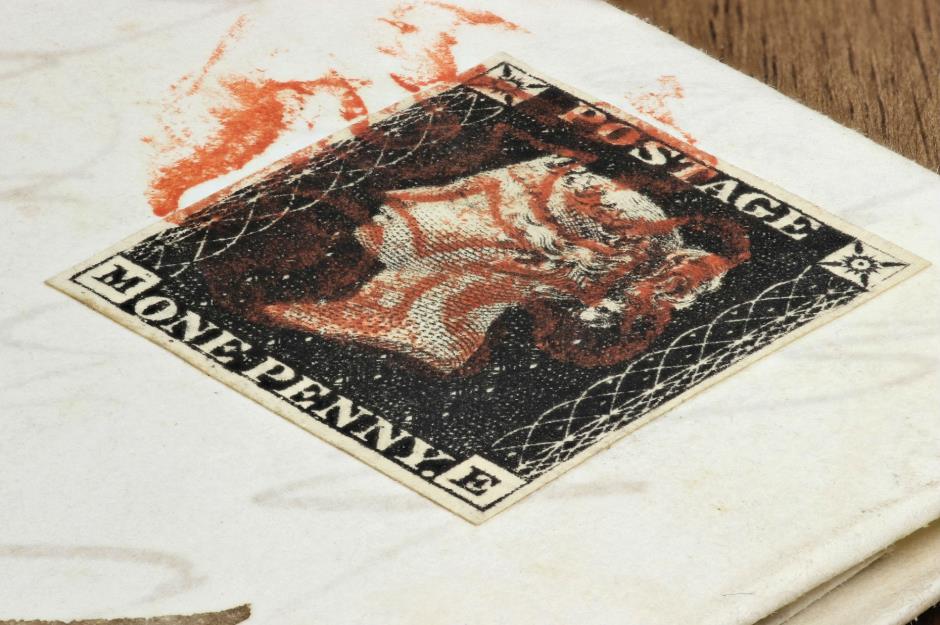
For a long time the very first postcard was thought to have been sent in Austria in 1869 with the picture postcard following a few years later. But this was disputed in 2002 when a picture postcard, dating from 1840, was sold at auction in London for more than £31,000 ($43.4k). The hand-painted card, complete with a Penny Black postage stamp, is now thought to be the world’s oldest postcard. It was sent to playwright and novelist Theodore Hook in Fulham.
A new vogue
Changing rules
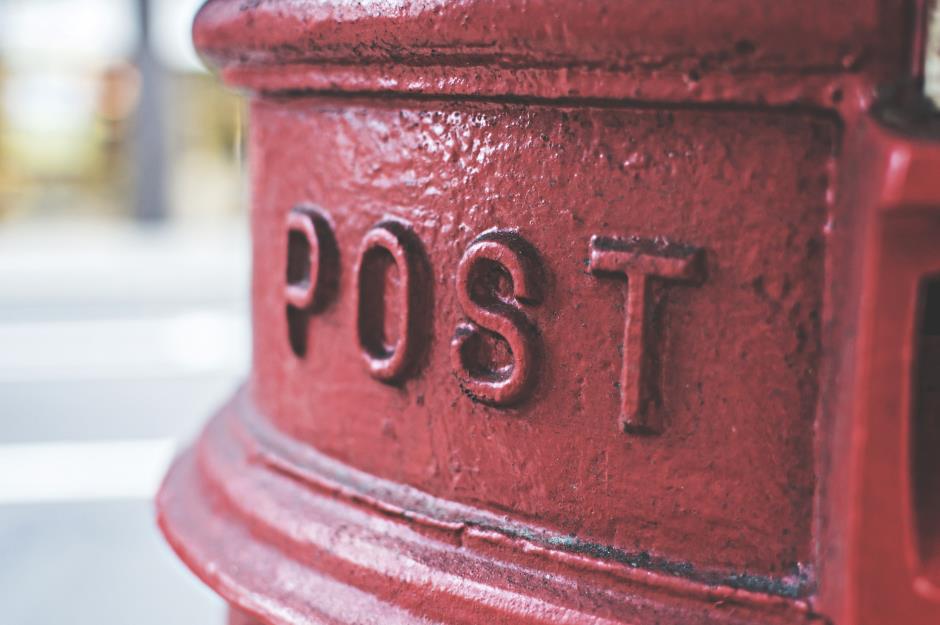
Edwardian text messages
The combination of printing technology, cheap postage and efficiency of the postal system led to a massive increase in the sending of picture postcards. They were a quick and low-cost means of communication before the telephone was widely used. “Postcards were the prime social networking tool of its days,” according to Dr Julia Gillen who heads up Lancaster University's the Edwardian Postcard Project, which looks at how the medium affected communication in the Edwardian era.
Edwardian text messages
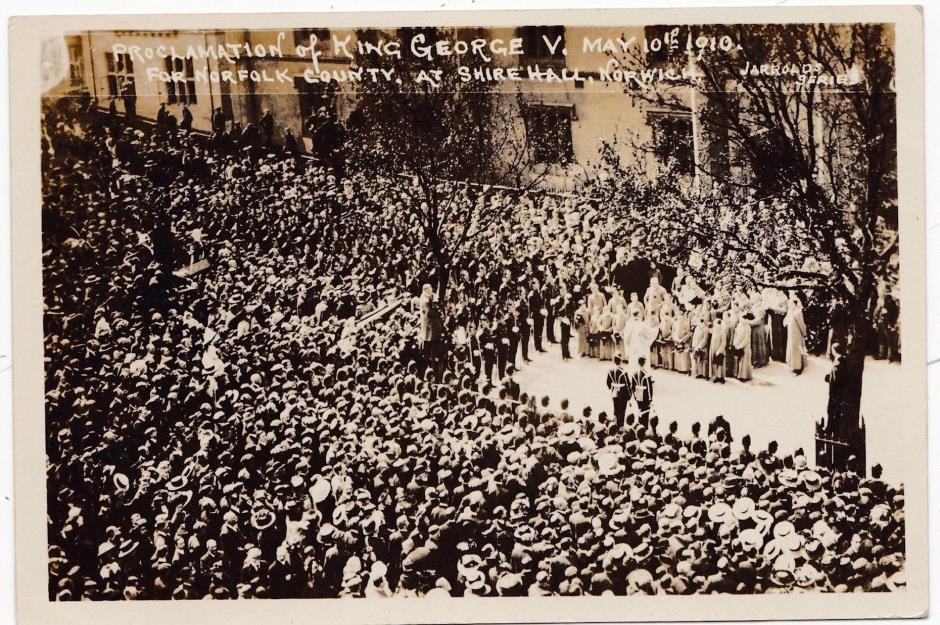
With up to six post deliveries a day in major cities – sometimes as many as 10 in London, people knew they would be received within hours. As such around six billion cards were posted in the period; you could even send postcards from trains. Pictured here is a photographic postcard depicting the Proclamation of King George V in 1910, one of the many in the collection of David Shaw Postal History dealers.
Love this? Follow our Facebook page for more travel inspiration
A peak for postcards
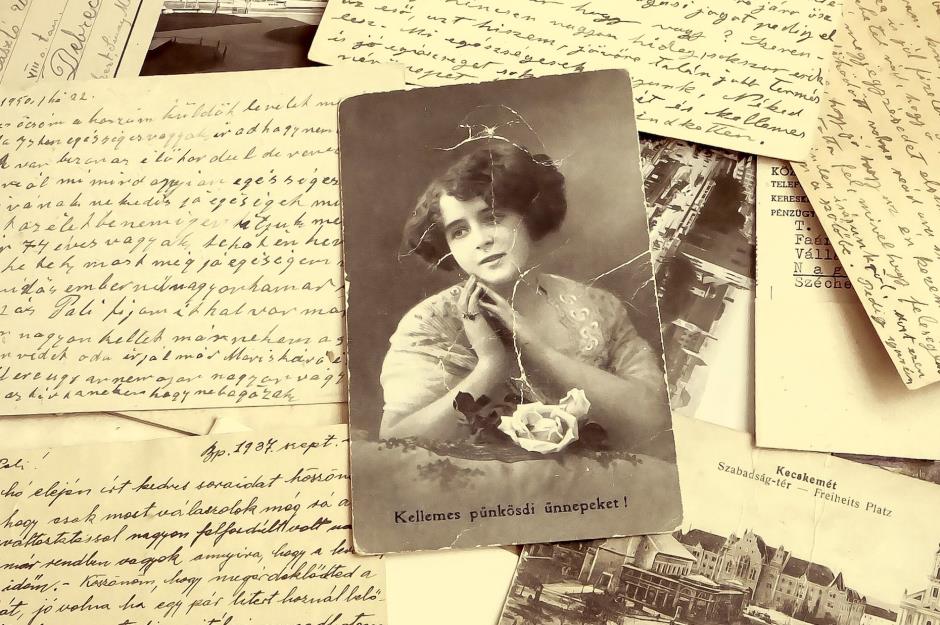
Brian Lund, publisher of the Picture Postcard Annual, agrees that the “golden age” of picture postcards was from 1902–1918. “That was when most were produced, collected and sent. The absolute peak year was 1907. From 1902–1918 you see most areas of human life covered on postcards but after that it was mainly comic cards and touristy views.” Some Edwardians even commissioned their own photography, says Dr Gillen whose X feed is a treasure trove of missives from the fashion-conscious era.
Messages from the front
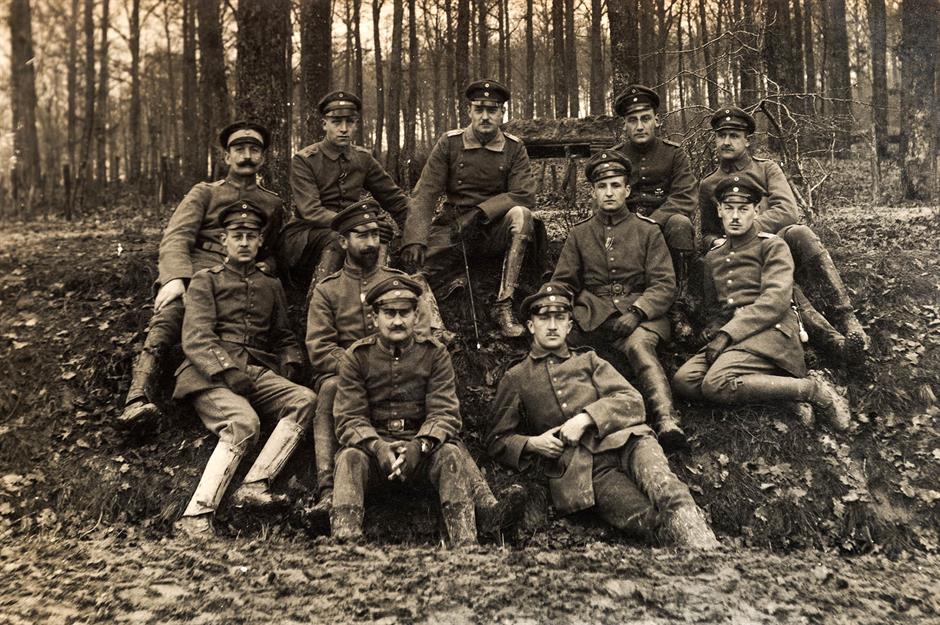
Quintessential seaside souvenir
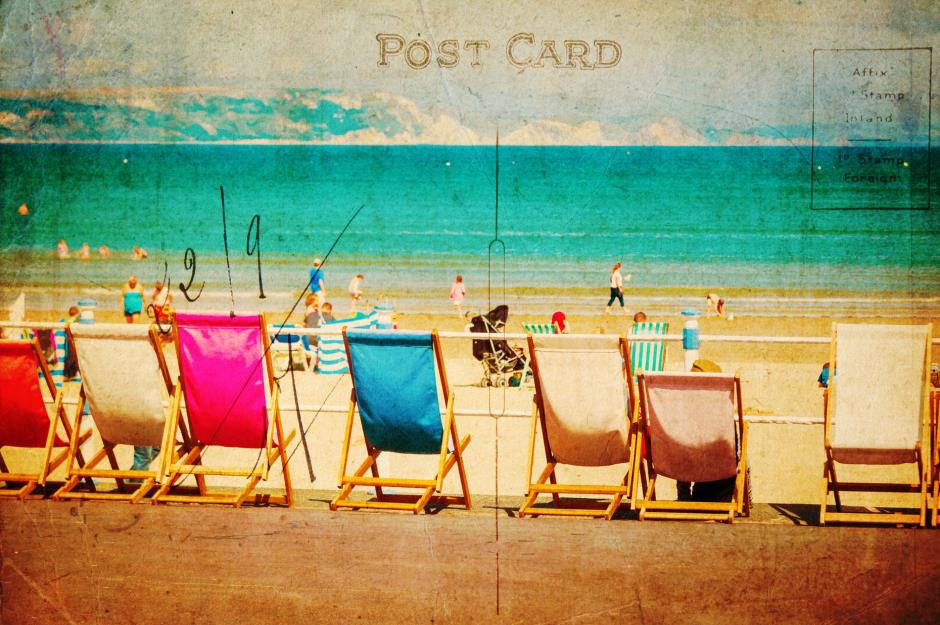
In 1918, the half-penny postage rose to a penny which led to a decline in the popularity of sending postcards so frequently. But the holiday postcard came into its own as the British seaside became an increasingly popular tourist destination after the war. Sending a postcard to those back home became an essential part of holiday tradition.
The rise of the holiday postcard
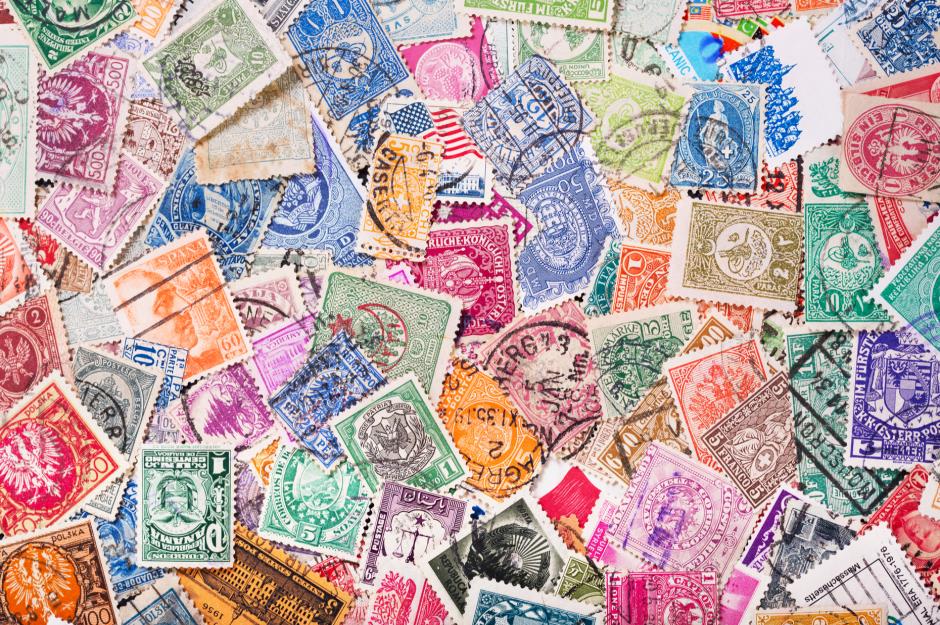
According to Brian: “The earliest tourist postcards were sent in the mid-1890s from the Grand Tour of Europe undertaken by wealthy Brits, but as more people went on holiday in the 20th century, more cards were sent home." The great British seaside holiday reached its height in the 1950s and 1960s when Brits flocked to seaside towns and resorts around the coast.
Check out these historic images of the world's famous seaside resorts
Saucy seaside postcards
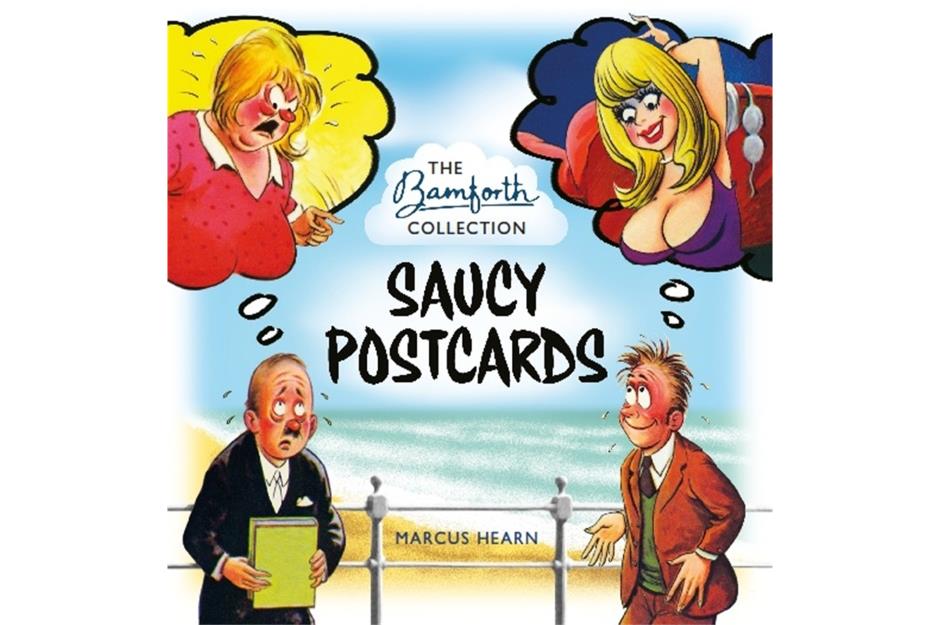
Cartoon-style saucy postcards became widespread in seaside resorts from the early 1930s onwards. "After 1918 the popularity of sentimental postcards sharply declined, making way for the comic postcards that would eventually define Bamforth & Co," writes Marcus Hearn in his book Saucy Postcards: The Bamforth Collection (published by Constable & Robinson). It charts the background of James Bamforth and his West Yorkshire studio's innuendo-laden postcards, which are highly collectible today.
Postcards face censorship
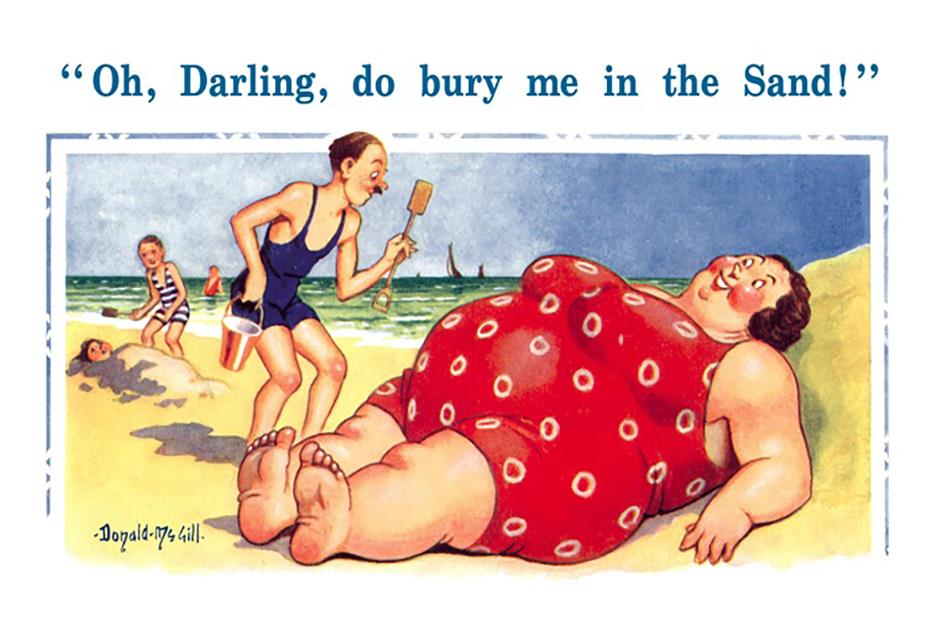
Donald McGill was perhaps the most controversial postcard artist – some of his smuttier designs were banned for indecency by the newly elected Conservative government in the early 1950s. During his 60-year career, he produced over 12,000 postcard designs which became synonymous with tongue-in-cheek seaside souvenirs. You can see the offending postcards at the late artist’s eponymous museum on the Isle of Wight.
Kitsch and colourful Sixties and Seventies
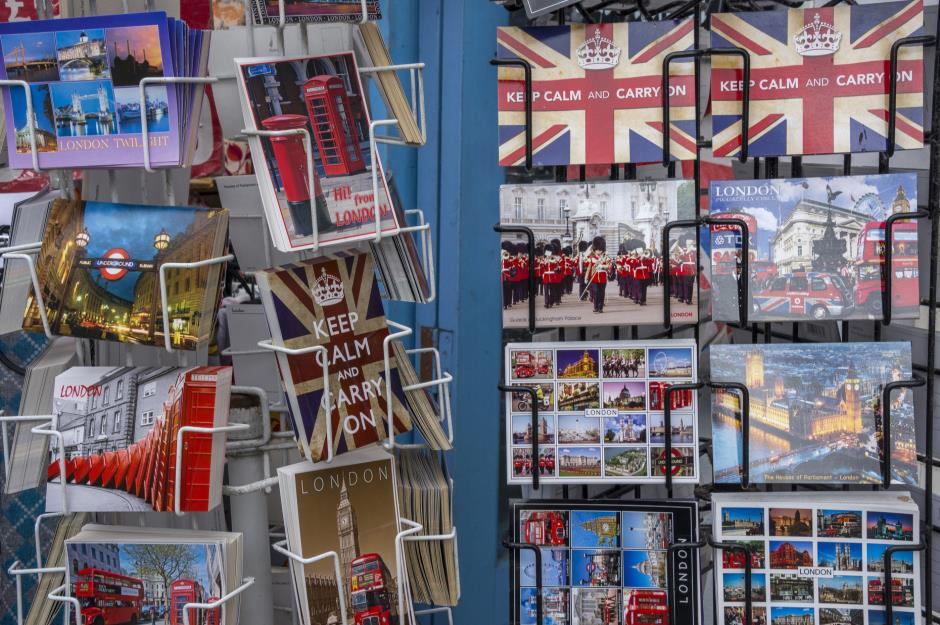
The Sixties and Seventies brought in the era of glorious technicolour to the postcard stands. John Hinde Studio was highly influential in the art of postcard photography with its vivid colours and depiction of everyday life in Britain’s holiday resorts. The photographer’s nostalgic and kitsch postcards are now highly collectible, especially those in the series commissioned by British seaside resorts chain Butlin's.
Missives from a bygone era
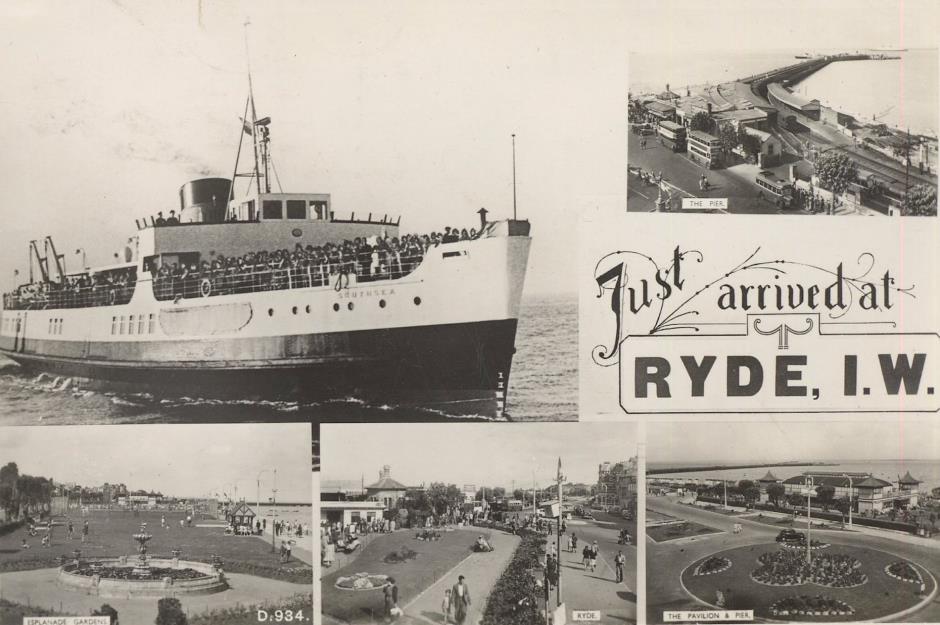
Long time fan of British seaside nostalgia Glen Fairweather has built up an impressive database of old postcards, which he showcases on his Flickr pages. “I used to collect mostly old British postcards for nostalgic reasons – it reminded me of family holidays and growing up in England during the 1970s and 1980s when the whole holiday scene was so different to what it is now,” he says.
A glimpse into everyday life
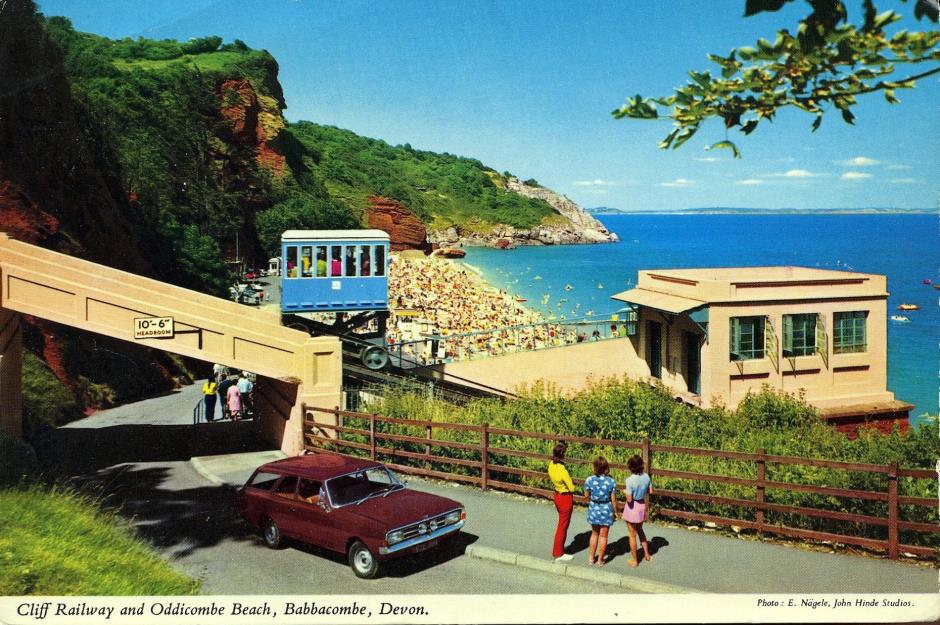
Glen puts his postcard habit down to a fascination with social history – he's charmed by the images and messages sent from a lost era. “I’ve always had an interest in it [social history], especially after the war years and how the British [people] went about their lives. Postcards give a glimpse into this,” he says. Glen, who now lives in the USA, also founded the Butlin's Memories website in 2000.
Collectors' items
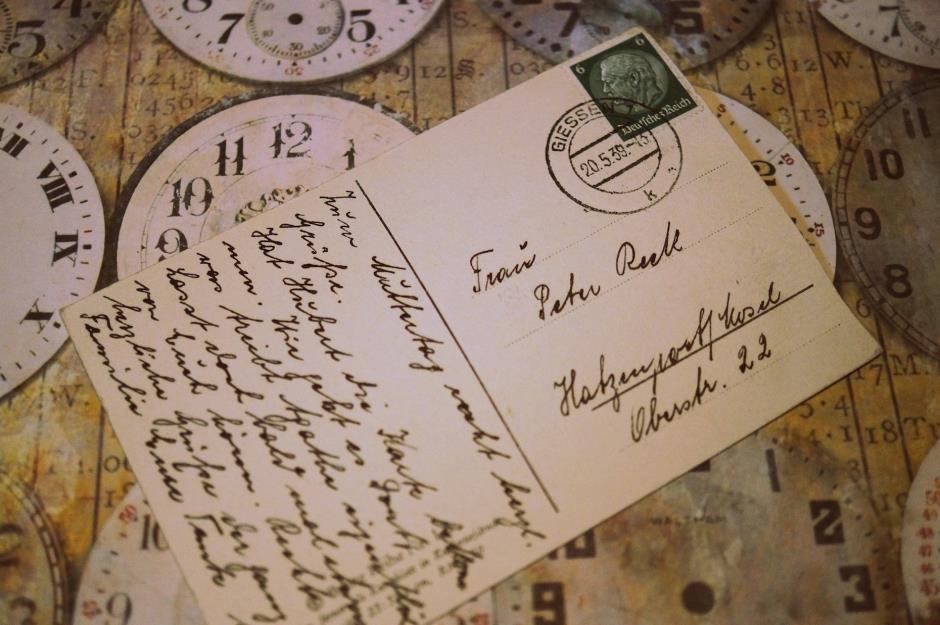
Delve into the world of deltiology (postcard collecting) and you'll discover it's a surprisingly popular pursuit. According to Brian, any postally used cards are unique and therefore collectible. “They're art, social history and real life as it was lived. Photographic street scenes, for example, are a snapshot in time.” He says the most collectible cards are originals depicting the Titanic, Art Nouveau and railway stations.
A card a minute
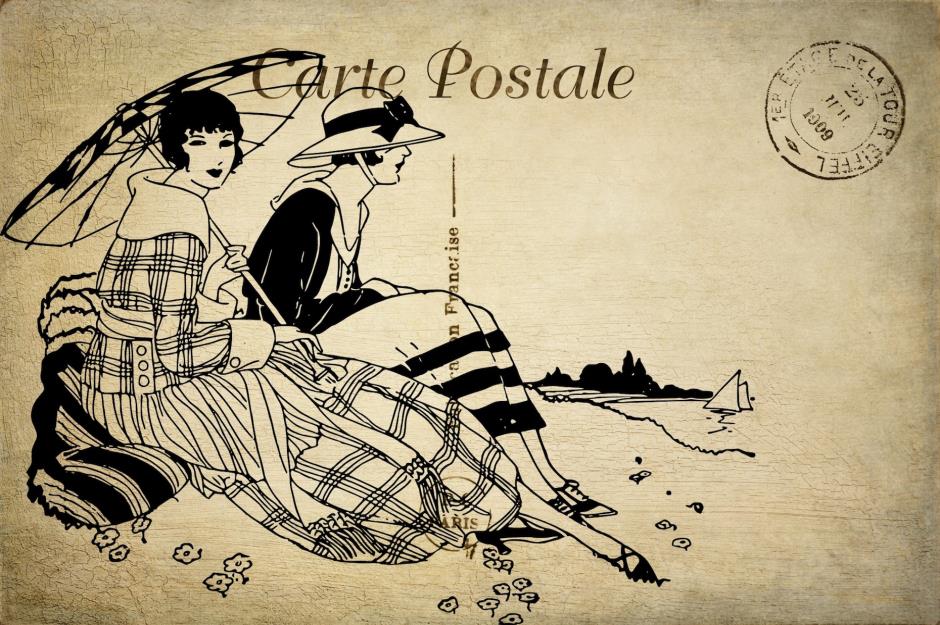
Rare antique postcards can command impressive prices – one written from the Titanic sold for £14,000 ($19,600) back in 2002. According to buying and selling site eBay, at one point, 180,000 postcards were sold on its site in three months, which equates to one every minute. There are currently more than eight million collectible postcard listings live, with designs ranging from seaside humour to round-the-world.
Postcard from the Past
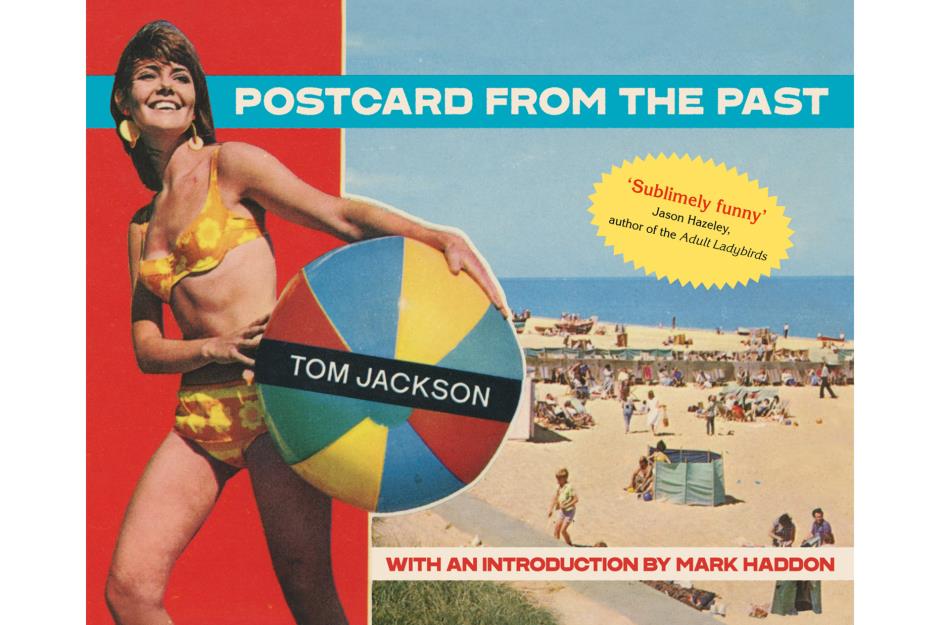
Someone shining the spotlight on the lost art of postcard writing is Tom Jackson. In 2017 he released a book (pictured) off the back of his popular Twitter (now X) account @PastPostcard. In its introduction, author Mark Haddon says: "This book is not quite visual art and it's not quite social history. It's a collection of very short and somewhat cryptic stories set in the drowned Atlantis of the Sixties and Seventies."
A childhood fascination
Tom says he became fond of postcards as a child – both keeping those he received and spending his holiday pocket money on cards as souvenirs. “I stuffed them in a shoebox, then about 20 years ago I got a bit more interested in postcards and started collecting them in a more serious way – particularly cards from the 1900s. But any that interested me really,” he says.
Twitter fame
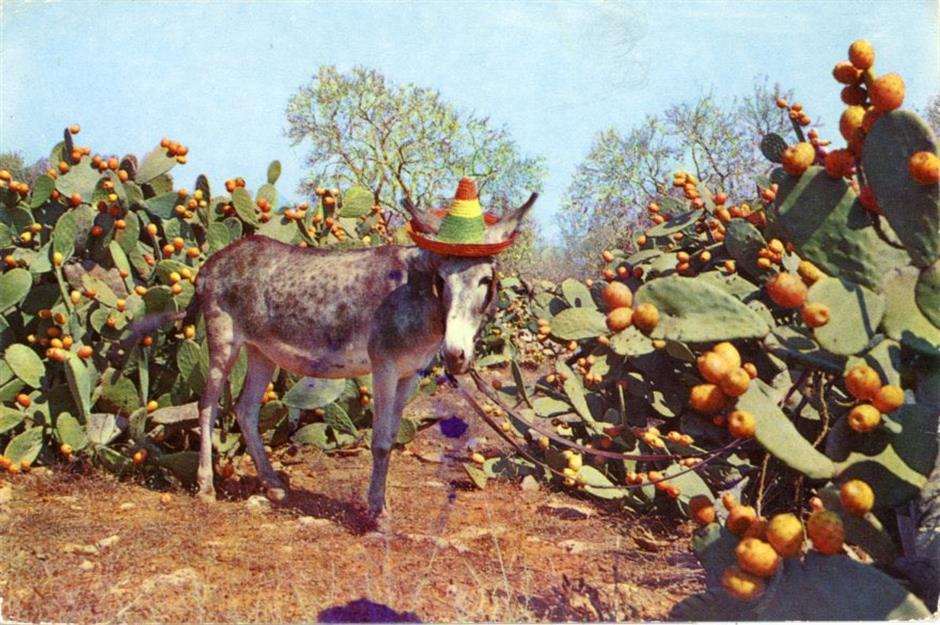
A couple of years ago he was struck by the affinity between Twitter (now X) and postcards. “So I started putting up these cards that are really very undesirable for the most part – they’re not valuable or collectible cards. In some ways they’re the dullest of dull cards,” he says. But he has since amassed over 102,400 followers to his funny, cryptic and poignant one-liners pulled from his extensive collection.
Giving the messages a platform
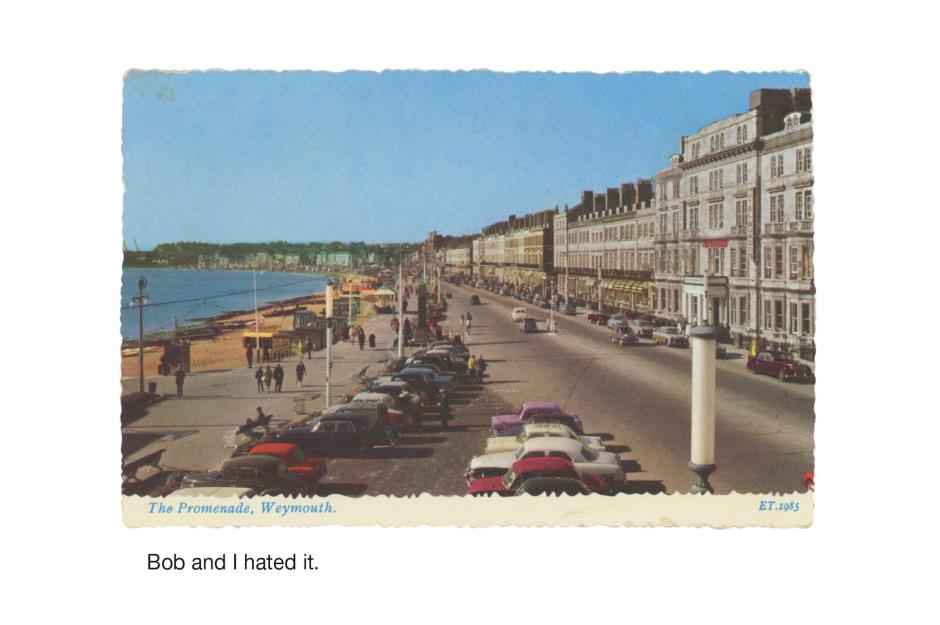
The reality of the past
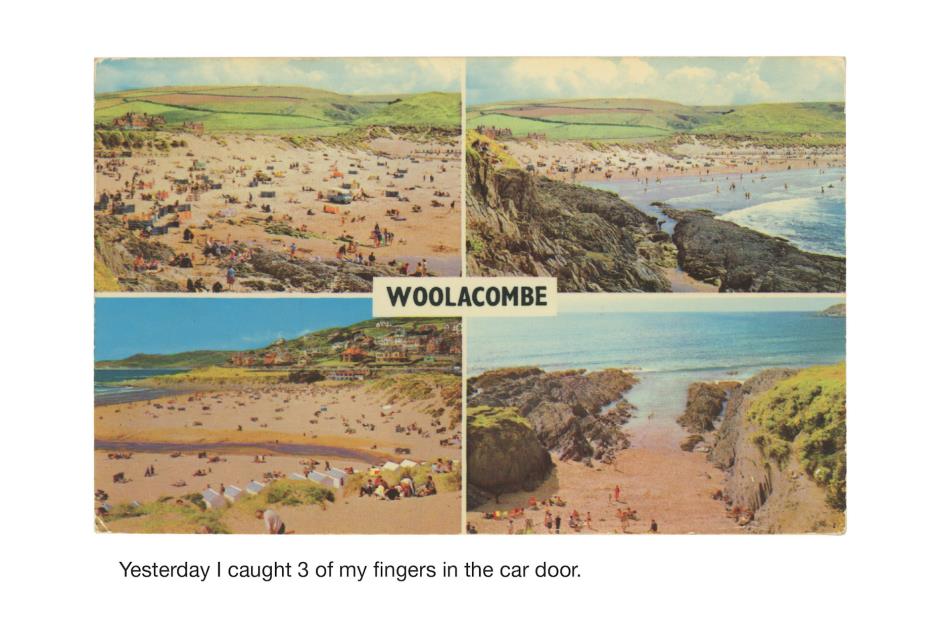
He believes the messages scrawled on the back of old postcards give a glimpse into national preoccupations and seemingly mundane details of life. “You hear phrases that you didn’t think were being used 50 years ago or you’ll be reminded of things that were going on that perhaps you’d forgotten. There’s something quite fresh about the reality of the voices,” says Tom.
How many of the world's most beautiful beaches have you visited?
Open-hearted communication
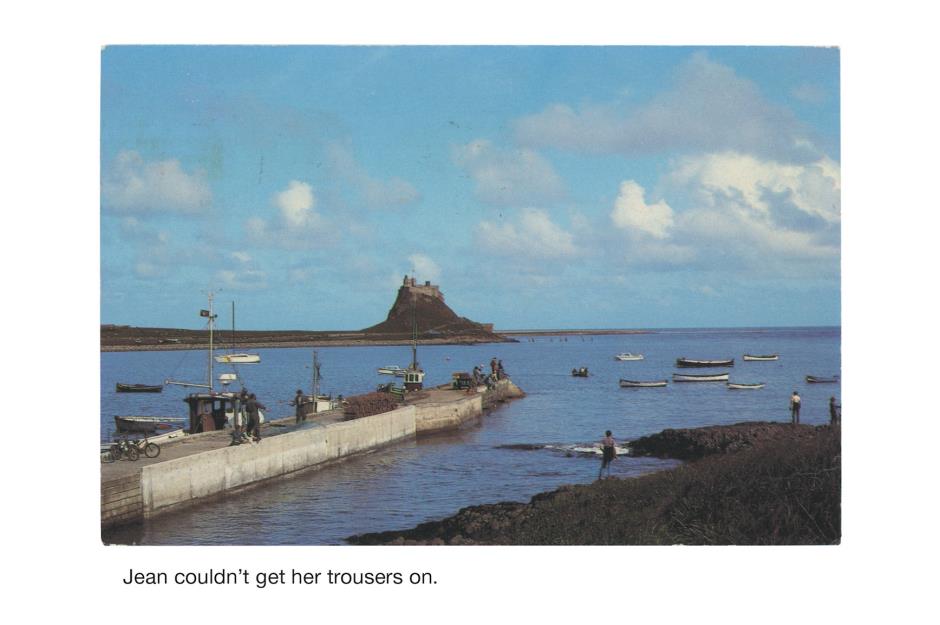
21st-century postcards
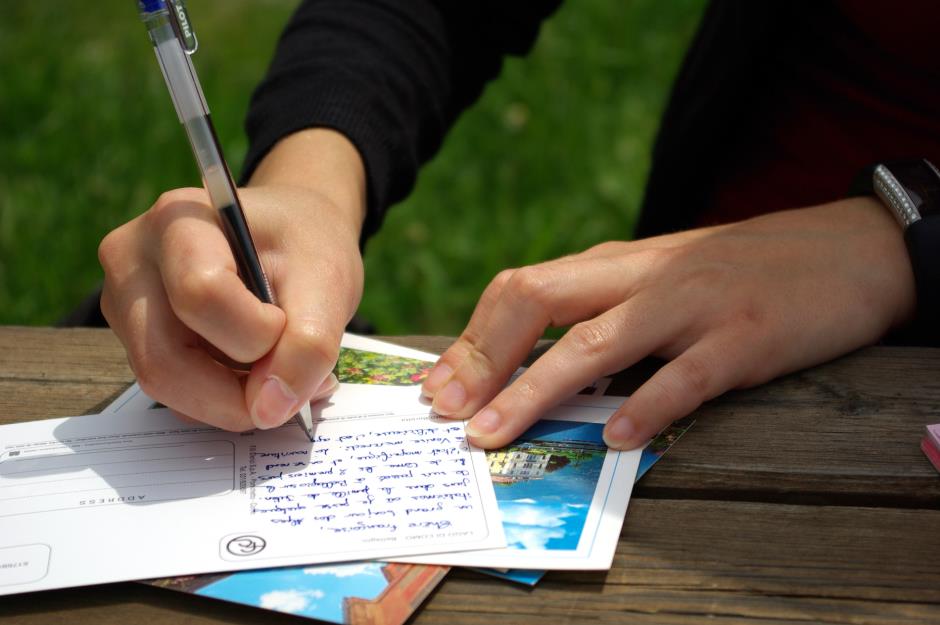
In today's seaside resorts and tourist destinations, you’re far more likely to see someone wielding a selfie stick on holiday than putting a pen to postcard. But despite the decline of this classic travel memento, there may be hope yet. Postcard app TouchNote has brought the tradition into the 21st century using mobile phone technology and personalisation – over 15 million postcards have been sent through the service to date.
The ease factor

TouchNote takes some of the hassle out of sending a postcard. "We've made it quick and easy to do the thoughtful thing of sending a postcard when you’re on holiday," former CEO Oded Ran said. "We’ve all experienced that challenge of picking a postcard, trying to find an open post office and forgetting the word for 'stamp'. You'd arrive home and see the people you sent it to – who still hadn’t received it, weeks later! TouchNote’s made that hassle and frustration disappear."
Digital technology meets tangibility

Going coconuts
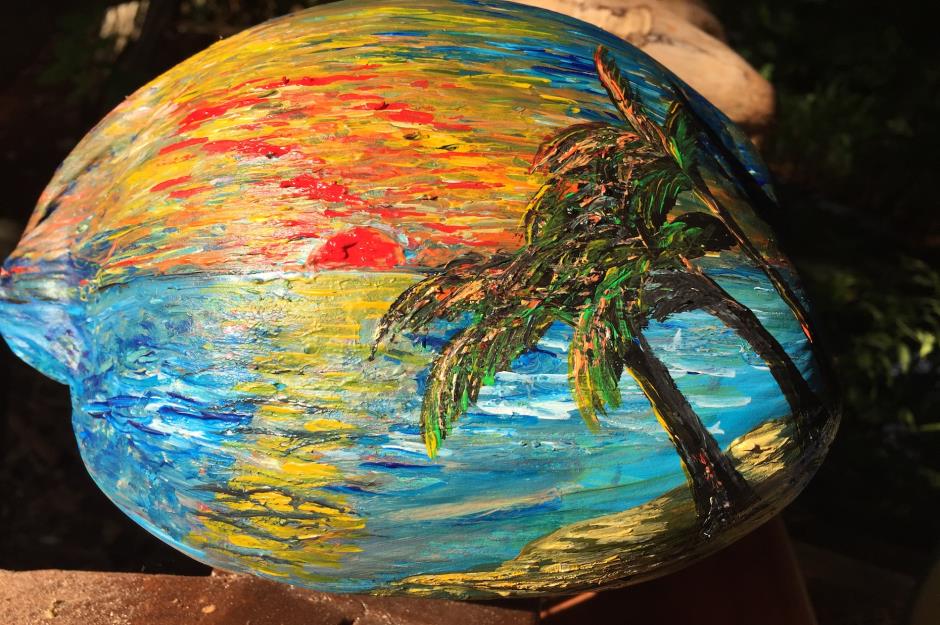
But if even that still seems a little too traditional for you, today you can send a coconut instead. The cumbersome but cute hand-painted "cards" are popular among tourists in Hawaii, although Naomi Young of Coconut Messages says modern regulations mean they have to be inspected by the USDA, which is putting many off.
Better than a simple postcard
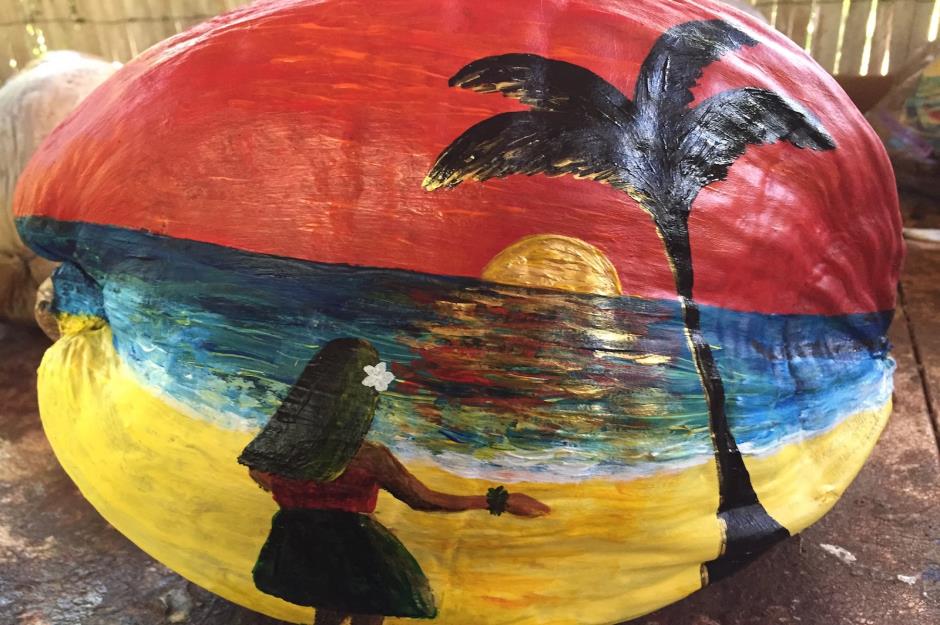
She picks her coconuts from her own farm on Kauai before hand painting them with personal messages and pictures. "Sending a coconut is far more impressive than any other cards," she says. "It makes people smile, especially kids, and it will last more than 50 years. When I ship coconuts, I feel like I am sending their dream with great memories." And who can argue with that?
Comments
Be the first to comment
Do you want to comment on this article? You need to be signed in for this feature